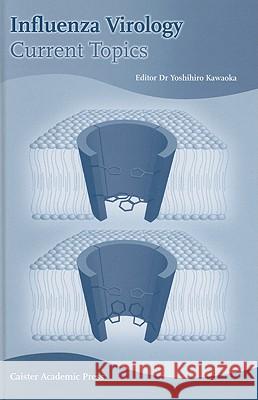Influenza Virology: Current Topics » książka
Influenza Virology: Current Topics
ISBN-13: 9781904455066 / Angielski / Twarda / 2006 / 367 str.
Three times in the last century, influenza viruses have undergone major genetic changes resulting in global pandemics that had devastating effects. The most infamous pandemic was the "Spanish Flu" which affected up to 25% of the world population and is thought to have killed at least 40 million people. In 1997 and 2003, a new influenza A virus of H5N1 subtype emerged in Asia and was transmitted directly from birds to humans with lethal outcomes. Despite monumental efforts to contain them, the H5N1 viruses expanded their territory and caused a major outbreak in wild waterfowl in China in 2005. Despite extensive, coordinated efforts by various agencies and disciplines, both national and international, we are ill-equipped for a new influenza pandemic. In fact, it is highly unlikely that adequate supplies of vaccine for the H5N1 viruses will be prepared prior to the occurrence of the next pandemic. To combat the outbreaks that will undoubtedly occur in the near future, a better understanding of influenza virus itself is urgently needed along with a greater knowledge of the virus-host interaction and mechanisms of drug resistance. In this timely book, world renown scientists - including the 1996 Nobel Prize winner, Peter Doherty - critically review the most important issues in this rapidly expanding field. Coverage includes analysis of influenza RNP, viral entry and intracellular transport, epidemiology, host range and pathogenicity, antivirals, vaccines, H5 viruses, and much more.











